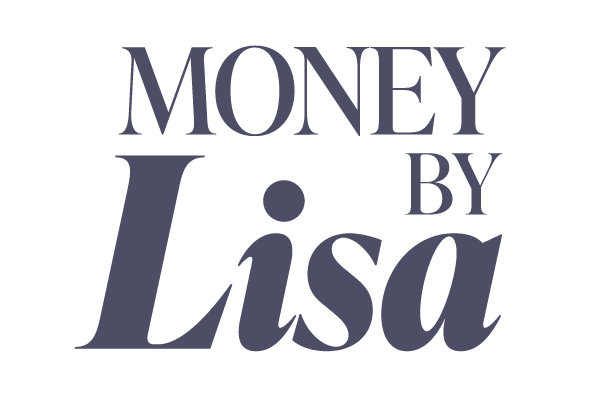Debt in 3-D
Fair warning: This is a bit of a rant.
Just occasionally, I have been accused of being possibly overly precise about the use of the English language. Yes, I am a grammar cop. But words do matter, and no more so than in the realm of “getting out of debt” strategies.
Debt consolidation. Debt management plans. Debt settlement. These are three entirely different approaches to dealing with overwhelming unsecured debt, and yet they are often used interchangeably in social media. Very disturbingly, even “experts” quoted in personal finance articles jumble them up. As a financial professional, misusing these terms irritates me to no end.
So, let’s get this straight, once and for all.
Debt consolidation. This is when you exchange a high interest debt for a low (or at least lower) interest debt. It’s the exact same amount of debt, but in a more attractive wrapper. A common example would be transferring a debt to a zero-interest credit card, or using a fixed term loan to pay off a credit card.
Three things you should know about debt consolidation:
This strategy only works when you have a strong credit score that makes you attractive to a lender. If you are struggling and behind in payments, this probably isn’t for you.
Banks offer zero-interest balance transfers because they know, statistically speaking, you probably won’t pay off the debt before the zero-interest period ends. They are betting on your failure, and the house usually wins.
Many financial coaches hate recommending debt consolidation. The reason is that all too often, the outcome is more overall debt. The consolidation just creates more room for more mischief. Debt consolidation can be a powerful way to get out of debt faster by allowing more of your monthly payment to chip away at the principal balance. But as they say, with power comes responsibility.
Debt management plans (DMPs). So very misunderstood! In brief, the way a DMP works is that you make a fixed monthly payment to a company for a set term, perhaps three years. The company, in turn, makes payments to your (now shuttered) credit cards. At the end of the period, the debt is fully satisfied. What is this magic? The DMP company has negotiated a lower interest rate so that your payments are more efficiently satisfying the debt.
Three things to know about DMPs:
It’s not free. Although there are a number of credible non-profit firms in this space, “non-profit” does not mean “free.” They will charge a fee, often collected as a cut of your savings.
Many DMPs fail. The reason is that by the time someone is engaging with a DMP firm, they are usually in distress and often not terribly realistic about their ability to keep up with the monthly payment over an extended period of time.
You can DIY a DMP. You can negotiate with a credit card company for a lower interest rate with a fixed payment schedule, all on your own. Yes, your account will be closed…but that was going to happen anyway.
Debt settlement. Also known as “debt relief.” There is so much fraud and malpractice in this space that I would be remiss if I did not open with a plea to visit the Consumer Financial Protection Bureau (CFPB) site if you are considering debt settlement.
The concept is actually very simple. You and your creditor (which is often a collection agency in this scenario) come to an agreement such that they are willing to call your debt done and dusted in exchange for a lump sum payment that is less than the actual amount of the debt. The problem is that the planet is rife with shady firms saying they will negotiate a settlement for you (for a fee, of course) but simply take your money. There was a fascinating article in the New York Times recently on shady debt settlement practices.
Three things to know about debt settlement:
You can DIY debt settlement. A for-profit company cannot obtain more favorable terms than you can obtain on your own.
Debt settlement works for the unicorn who is simultaneously in default on their debt and yet has a large sum of cash at their disposal to settle the debt. It is not a viable option if you are current on your debts and would simply prefer not to pay. Nor is it an option if you don’t have the cash to settle. (Duh!)
There are possible tax consequences. In many cases, the difference between what you owed and what you eventually paid will be considered taxable income.
Despite my rather snarky tone, I am not “anti” any one of these three strategies. Like most finance tools, they all have a legitimate purpose in the right circumstances. If they result in an improvement in your monthly cash flow, allowing you to begin to save, that is extremely valuable. What I am against is going into one of these arrangements without fully understanding the terms of the agreement, or thinking that this could be an enchanted pill that will solve your problem effortlessly. There will be effort. I just want to make sure that your efforts are not wasted.
(Hey, I’d love to be in touch regularly. My free newsletter contains this blog, as well as other articles written by myself and others. Please consider subscribing by visiting the MoneyByLisa home page.)
